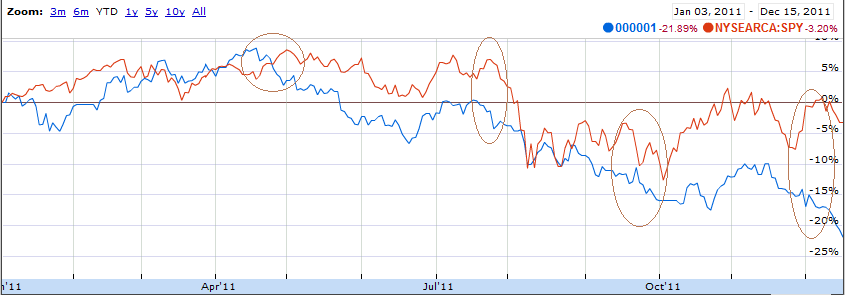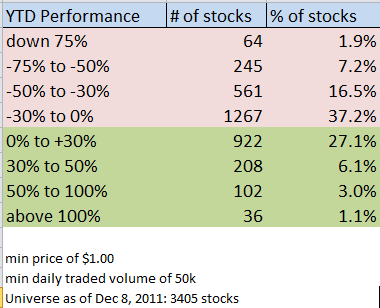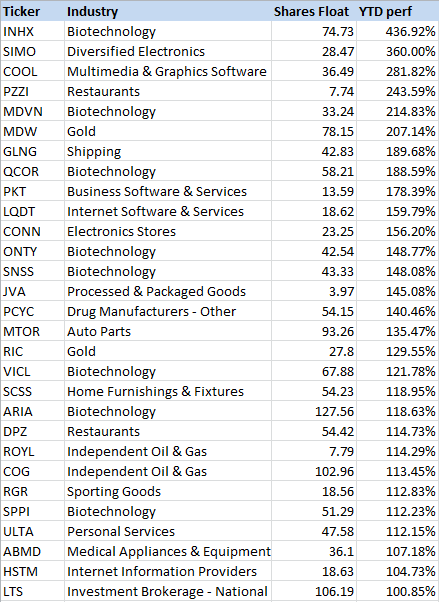There is a 13 hours time difference between Shanghai and NYC. The Chinese wake up when New York goes to bed. You could say that the Chinese live in the future in some way. What I am more interested in is the price action of the Shanghai Composite, which has been named the ultimate leading indicator by not one or two prominent investors.
We all know that Shanghai Composite reached a major lower high and lower low in January 2008, months before the U.S. markets had their worst performance in decades. Then in the end of 2008, Shanghai Composite bottomed several months before the U.S. stock market did. This relation stays strong, even today. Every time there has been a major divergence between $SPX and Shanghai Composite this year, investors who stuck with the Chinese index were on the winning side. Shanghai has been leading at major turning points.
Let’s take a look at some of the clues this year:
– In April, the Shanghai Composite makes lower high and lower low about a week before $SPY basically tops for the year;
– In the end of July, $SPY attacks the high for the year and multiple stocks are breaking out to new all-time highs. Meanwhile, Shanghai Composite reverses and makes a lower low. Two week later, $SPY is down 20%;
– While $SPY was trading in range between mid August and September, the Shanghai Composite broke down to new YTD low. A few weeks later, $SPY retested and broke below its August low, shedding 10% in 10 trading days;
– And the most recent example: $SPY rallies 8% in a week, reaching its 200dma while the Shanghai Composite makes new 2 year low. Over the past 3 days, $SPY dropped 3.5%.
Personally I have no reasonable explanation why this has been the case. Yes, China is the second largest economy in the world and accounts for almost a quarter of the world growth. Yes, China is a major buyer of commodities, manufacturing center and export monster, but why Shanghai has been leading so often at major turning points is beyond my comprehension at this point.
It is easier to find reasonable explanations to odd events after the fact and make them look obvious in hindsight, but there is a difference between correlation and causation. I’ve always kept an eye on Shanghai Composite, but I never considered it a serious leading indicator. I will pay more attention to it from here on, fully realizing that when everyone starts to pay attention to one indicator, it miraculously stops working.


